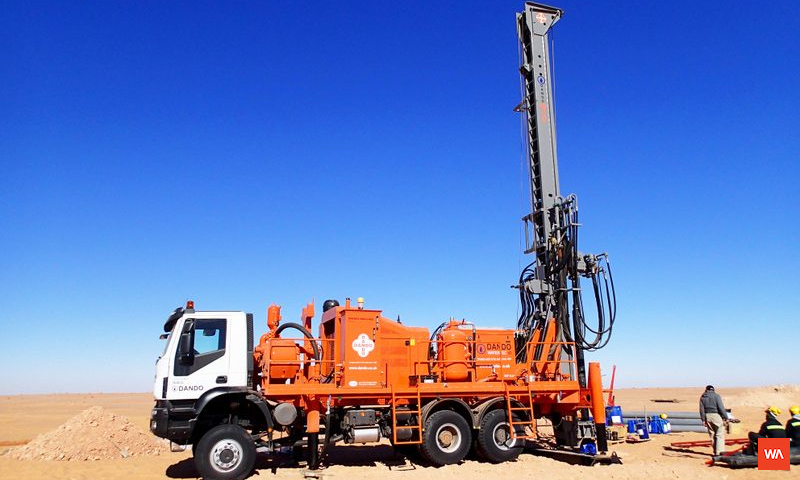
Borehole drilling
(4 reviews)
- Steps: 5 stages
- Completion: 4 days
Drilling a borehole can be a good investment both towards saving money on municipality bills and ensuring good quality and availability of drinking water.
Stages
- Ask around - Find out in your area if there is people how already have boreholes. Find out how deep their boreholes are and how long it lasts through the summer. It is also best to do your borehole project during the most dry time like in the middle of October.
- Hydro-geologists site the borehole - The very first thing that needs to be determined is where the water is, and how we’re going to get to it. It is important to know not only where the water is but also how much is available. Its also important to know the properties of the underlying soils to ensure you wont have salty water that becomes undrinkable. It is important that the service provider gives you a complete report of 3 possible locations. You can get 2 more opinions on their report before proceeding with the next stage.
- Drilling and Construction - Once the hydro-geologists have helped prepare a path for borehole drilling, drilling companies follow through and construct the borehole. Once the borehole has been drilled the necessary unstable lengths of the borehole are steel cased in an effort to reinforce the tube.
- Determining the yield of the borehole - In order to most accurately gauge the yield of a domestic water borehole an aquifer test is performed. This involves installing a test pump and pumping borehole water for a fixed set of variables; a given time at a given rate, and then assessing the test’s impact on the water level in the borehole. Maximum yield is achieved by increasing the abstraction rate, ensuring optimum draw down of water in the borehole.
- Pumping and piping the borehole - The kind of pumping system and piping installed in your new domestic water borehole will largely depend on the intended use of the borehole water.




